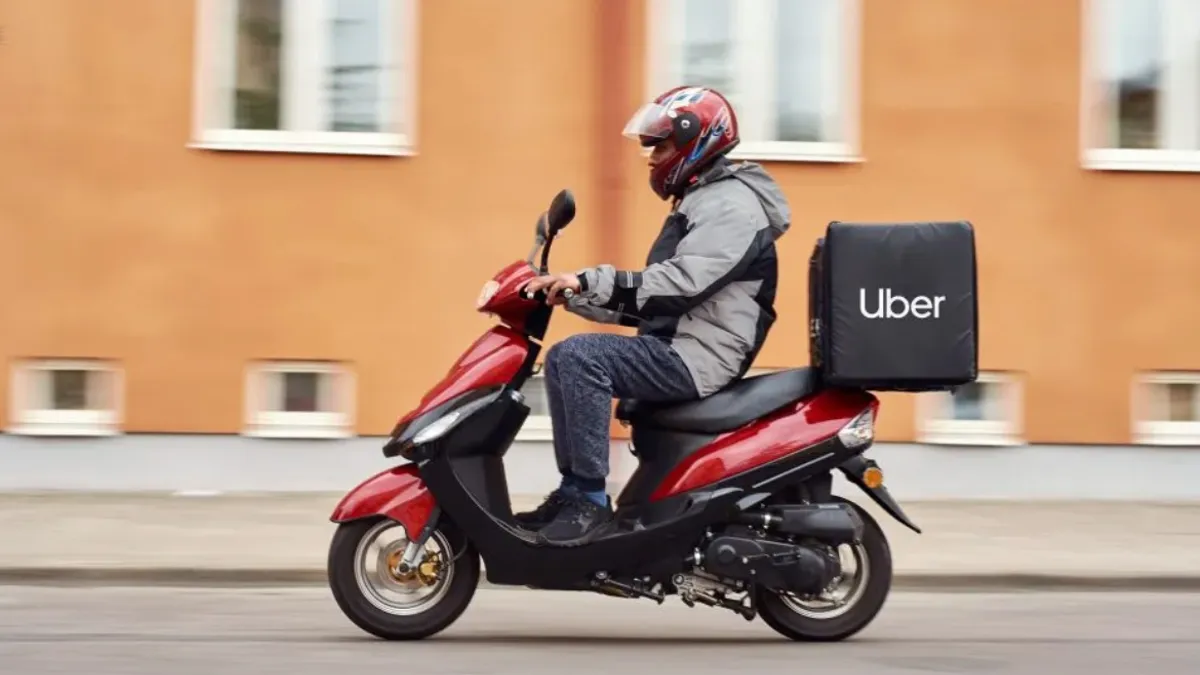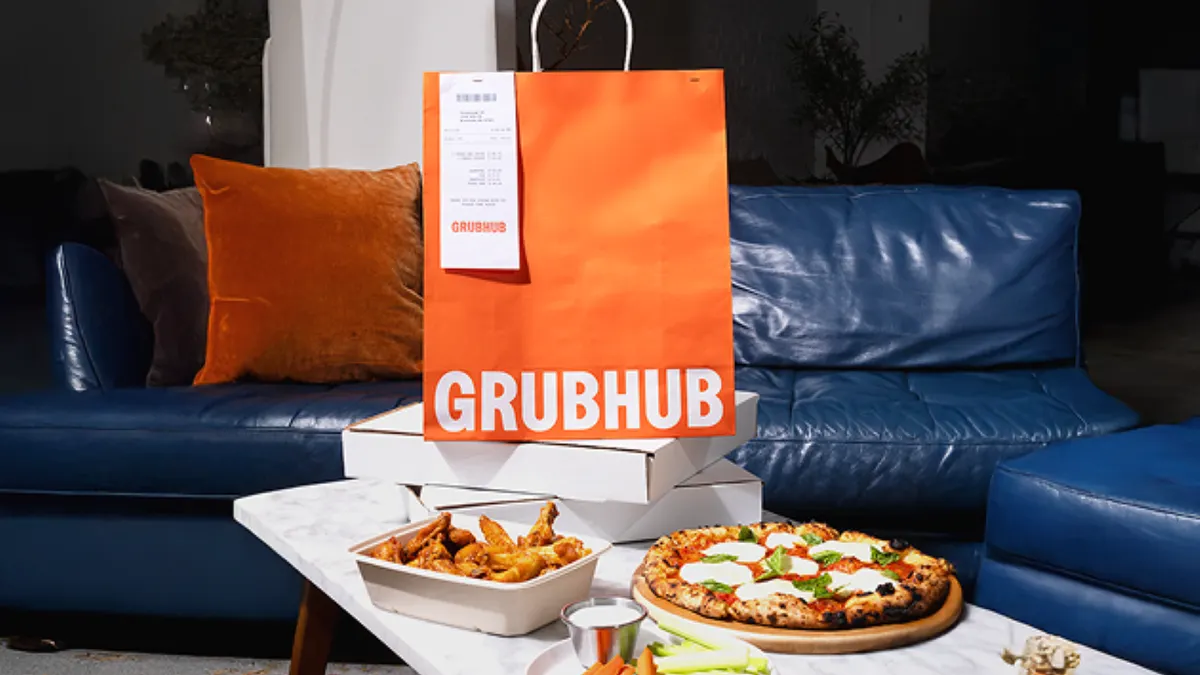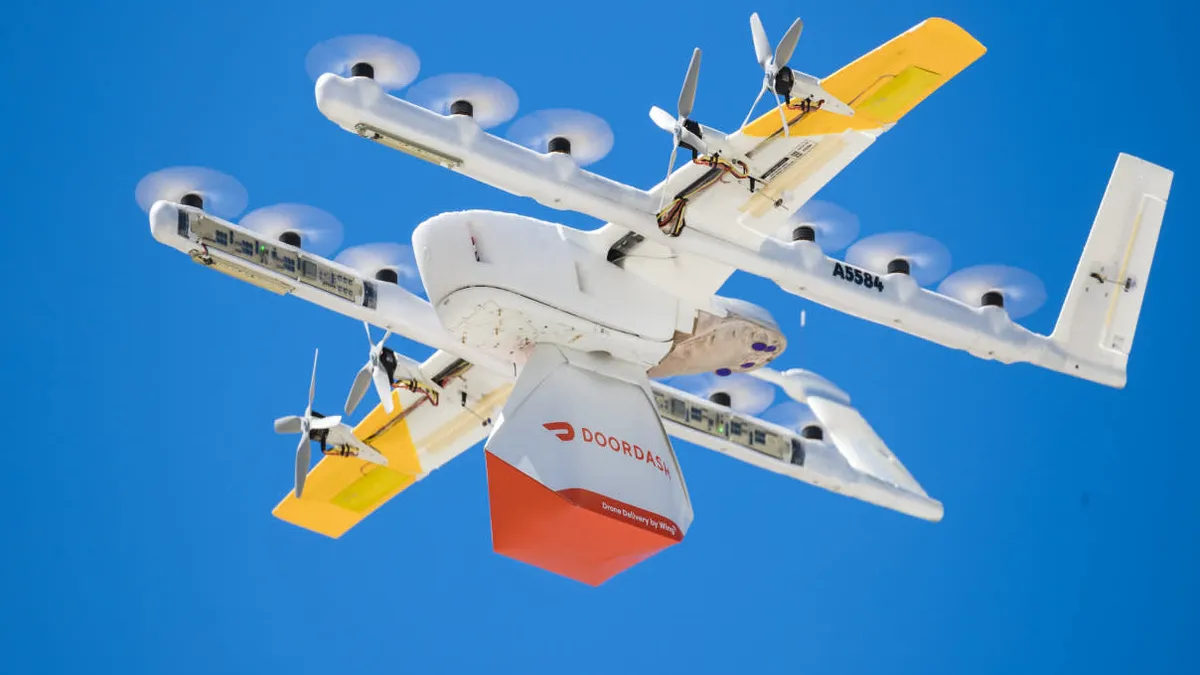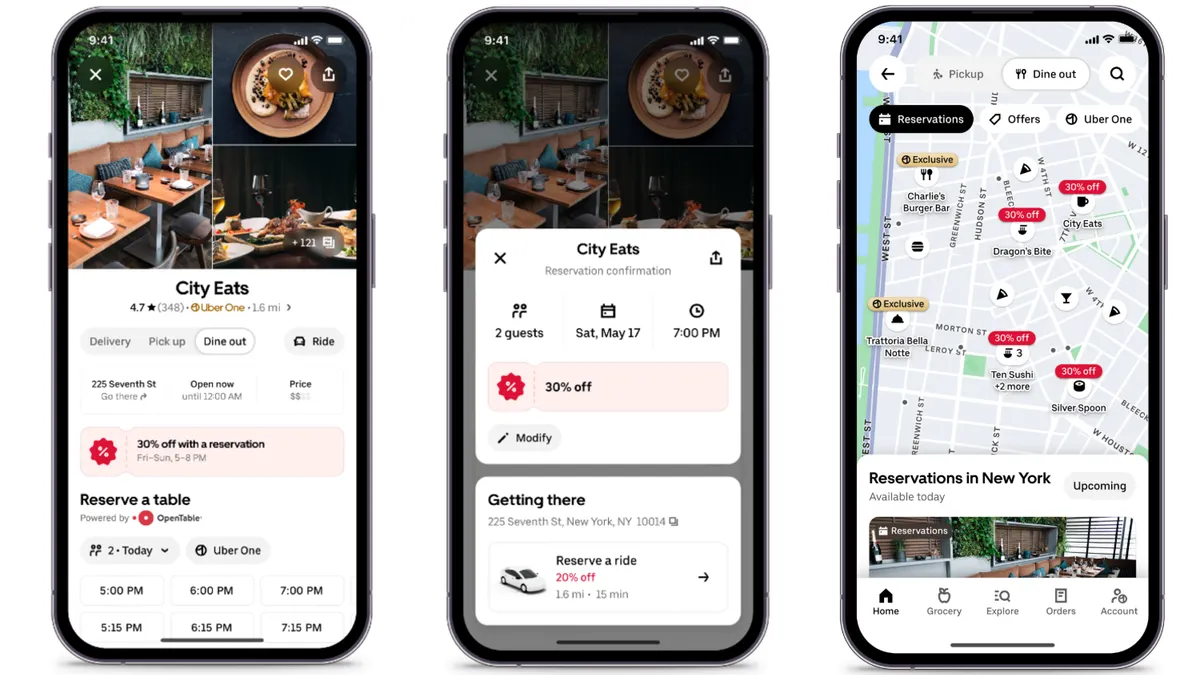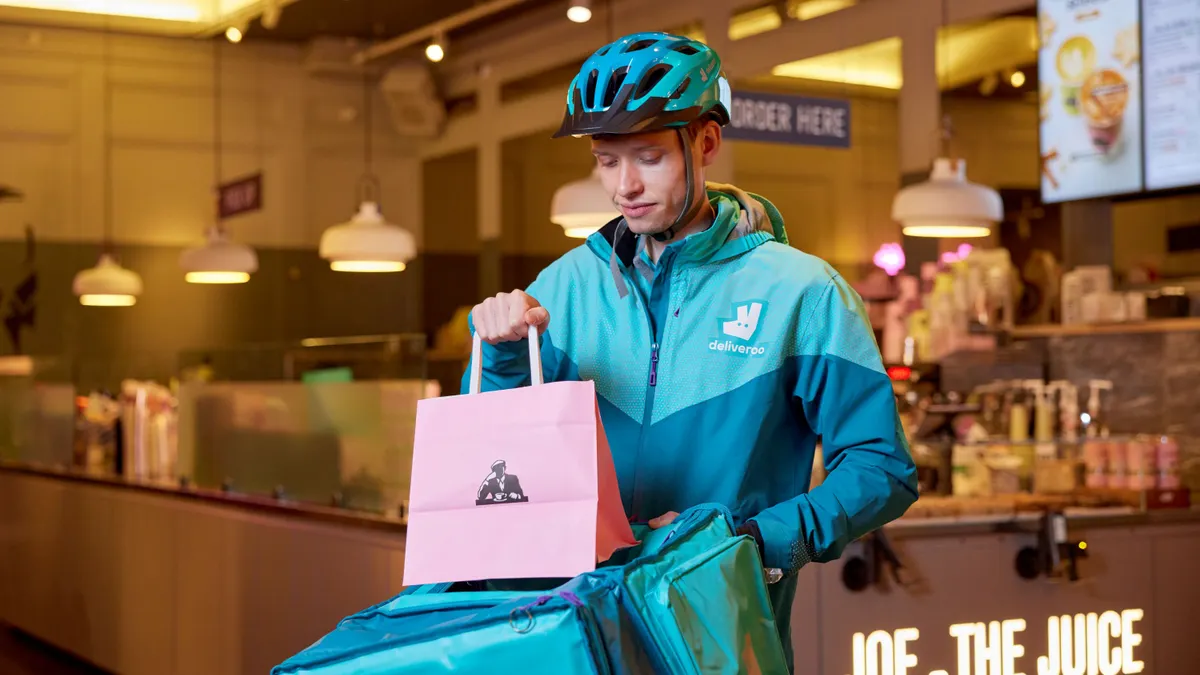When the pandemic struck, the leadership team at Lazy Dog Restaurant & Bar, a company with 39 restaurants in seven states, laid off employees based on a worst-case scenario projection, instead of waiting to see how bad things would be.
"It was the best decision we could make," Robert Linder, the company's CFO, said this week in a CFO Thought Leader podcast. "It was the kindest decision we could make for the employees, and the one that most ensured we could come out the other side."
Linder initially planned to make layoffs over three phases, as the company learned more about the scope of the pandemic. But he decided against it after considering the impact on morale a phased approach would have.
"If you're still there after wave one and you know there's wave two and don't know if you're going to lose your job, what is that feeling like?" he said. "The thing that was the most kind was for us to make the hardest decision and make sure everyone had a job after we got to the other side."
Remaining employees kept their health insurance and were asked to take a wage cut, some of which the company has since restored, although pay remains below pre-COVID levels.
"Paying people's health insurance was something they really valued," said Linder, who worked for Bloomin' Brands before joining Lazy Dog in 2016. Bloomin' Brands is the parent of Outback Steakhouse, Bonefish Grill, and other casual dining restaurants. "By going more aggressive in our headcount and salary reductions, we were able to offer more benefits."
Lazy Dog launched in 2013 in Southern California as a casual dining restaurant with its own custom-label craft beer and a retro small-town Americana vibe. The company grew by 20% a year in annual per-store revenue in the five years prior to the pandemic, when its sales dropped.
Today, each restaurant is generating an average $7 million a year in sales volume. "Within the restaurant space, that's an impressive number," Linder said.
Accelerated plans
As bad as it's been, the pandemic helped the company expedite an expansion of services that otherwise would have taken a year or more to roll out.
"COVID has been a great accelerator of innovation," he said.
One of those innovations is a 1950s-styled TV dinner that it sells at its restaurants and online. Each dinner costs $10 and comes in a traditional aluminum tray divided into three sections and boxed in a retro-styled package. Pot roast is the company's best seller.
"You wouldn't believe how hard it was to find three-compartment aluminum containers in the middle of COVID to source in all these restaurants," he said.
In addition to creating a revenue stream, the frozen dinners helped the company increase the productivity of its kitchens during the day — the slowest time for its sales — and gave the company a chance to offer employees more hours.
"From a labor model standpoint, we had a situation where we had people who could work more in the daytime, when we're not as busy," he said.
In the typical scenario, a customer coming in for lunch or dinner will pick up TV dinners to take home, or they'll make a trip to a restaurant to buy them for later in the week, or they'll add them to their DoorDash or other home-delivery order.
Although each dinner is $10, the cost of ingredients varies widely, but the executive team decided to accept different margins on each sale in the name of simplicity.
"Pricing was a huge conversation," he said. "Rather than maintain a margin on an individual basis, we looked at it as a product line. What is our overall cost structure and are we happy with that? If I sell enough of the ones that have a little better food costs, does that offset some of the ones with really high food costs? Where do we land as a blended average?"
Another innovation is its craft beer membership club, which, though launched before the pandemic, is poised to expand with other offerings.
"Not everybody drinks beer, so how do we connect with them and also deliver that same curated experience on a regular basis?" he said. "It's a platform that we can grow into new areas of business. Members are super loyal and vocal."
Third-party partners
At-home delivery, which comprises some 70% of the company's business, remains key to its pandemic-impacted revenue model.
Though the company works with a number of third-party partners, it leans heavily on DoorDash.
"Our strategy early on was, we really want to be wherever people are, regardless of the app they use," he said.
When they were setting up the delivery partnerships, Grubhub was the largest player in the space, but they preferred DoorDash's service.
"They weren't the cheapest, but they were the best partner," he said. "They recognized we're a high-volume casual dining restaurant, so when we approached them about a partnership, they listened a lot more."
Post-pandemic plan
Going forward, Linder wants to retrain the flatter management structure the company adopted as part of its response to the pandemic so it can continue its new culture of fast decision-making.
"We had a major transformation in how we communicate, because we've seen how fast we can move," he said. "We got rid of a lot of levels of communication and transfer."
The leadership group now has a daily stand-up meeting, and he's adopted the same thing for his finance team.
"Things that took a year to roll out we're doing in weeks," he said. "Keeping that flatness will help us execute over the next 12 months. So, we're bullish about what the future brings and we can't wait."










